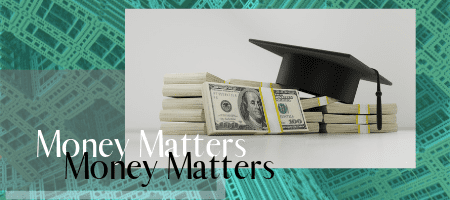Bubblemania: The Great American Everything Bubble
We’re in an everything bubble, but how will the U.S. cope when the bubble bursts?
By: Andrew Moran | January 21, 2020 | 564 Words

(Photo by Tony McArdle /Everton FC via Getty Images)
Congratulations. You are living through one of the most prosperous times in American history. This is stage three of a bubble: Euphoria.
Bubblemania: A Primer
A market bubble is defined in one of two ways. The first is that a financial asset or a commodity surges beyond its inherent value. The second is that an individual stock or sector soars based on unlikely speculation about its future that is higher than what is supported by the fundamentals.
Bubbles form when interest is low, there is a shortage of an asset, or buyers’ demand for the asset surpasses the supply. The bubble typically pops when there is a massive profit-taking selloff or a tangible event that produces a crash.
In 1986, economist Hyman Minsky summed up a market bubble in his book, Stabilizing an Unstable Economy, by listing five stages:
- Displacement: Investors see an opportunity in new technology or they are pushed into making risky bets because of low interest rates. The trader has an immense fear of missing out on something that may only happen once.
- Boom: Prices start climbing slowly as more investors jump into the asset after it received widespread media attention.
- Euphoria: Asset prices skyrocket and valuations reach remarkable levels as traders ditch caution and pour money into the investment.
- Profit-taking: The power-players see the makings of a bubble and hit the sell button and take profits on their bet.
- Panic: Asset prices start crashing, investors sell their holdings, and supply easily surpasses demand.
And this is what a bubble is, how it forms, and how it pops.
Bubblemania: A Brief History
There have been numerous bubbles throughout the economic world. Here are some of the most famous examples of bubbles.
Netherlands: Tulipmania
One of the first documented cases of a market bubble took place in the early 17th century in the Netherlands. Known as Tulipmania, bulbs soared by as much as 60% between November 1636 and February 1637 as many Dutch citizens got in on the action and drove up the price. At one point in the bubble, tulip bulbs were more expensive than luxury homes. By May 1637, tulip bulbs crashed 99% and destroyed many households, leading thousands to drown themselves in Haarlem’s canal.
Japan: Real Estate and Stock Market
In 1986, Japan slipped into a recession that was caused by a dramatic surge in the yen. To combat the downturn, the government initiated a series of fiscal and monetary stimulus measures. Both market bubbles popped in 1990 and led to the “Lost Decades” of the 1990s and 2000s. Tokyo is still reeling from this extended period of lost economic growth.

United States: Dot-Com
In the 1990s, the Nasdaq Composite Index entered bubble territory as the so-called new economy made its way into the United States thanks to the rise of the internet. By March 2000, the Nasdaq topped 5,000 and then cratered by about 80% more than two years later, causing a U.S. recession.
Everything is in a Bubble
Today, we are living in the Everything is in a Bubble economy. A glance around the global economy and you will notice many assets that skyrocketing without the support of the fundamentals or that have analysts forecasting huge valuations. Just name it: vintage automobiles, art, equities, auto loans, student loans, and, according to some folks, palladium. This was expected due to historically low rates. But how will the U.S. cope when the bubble bursts?
















